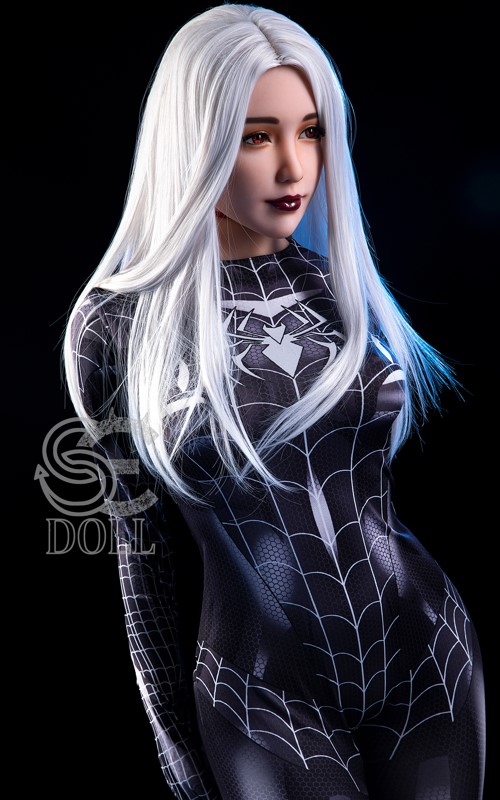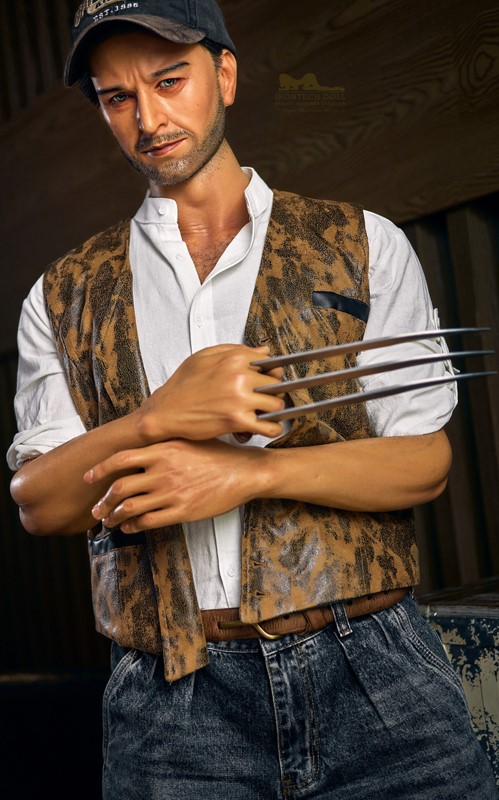Notice: Function WP_Interactivity_API::_process_directives was called incorrectly. Interactivity directives failed to process in "" due to a missing "P" end tag. Please see Debugging in WordPress for more information. (This message was added in version 6.6.0.) in /var/www/vhosts/otakudolls.com/httpdocs/wp-includes/functions.php on line 6121
Notice: Function WP_Interactivity_API::_process_directives was called incorrectly. Interactivity directives failed to process in "" due to a missing "P" end tag. Please see Debugging in WordPress for more information. (This message was added in version 6.6.0.) in /var/www/vhosts/otakudolls.com/httpdocs/wp-includes/functions.php on line 6121
The birth of the Marvel universe and its comic book roots
Talking about Marvel is to evoke one of the greatest narrative epics ever created. Originally founded as Timely Publications in 1939, the publisher would later evolve into the legendary Marvel Comics, transforming the landscape of superhero storytelling forever. What started with characters like the Human Torch and Namor the Sub-Mariner became a creative powerhouse in the 1960s with the arrival of icons that redefined the genre.
Under the guidance of visionaries like Stan Lee, Jack Kirby, and Steve Ditko, Marvel introduced a revolutionary concept: heroes with flaws, vulnerabilities, and moral dilemmas. Spider-Man, for example, wasn’t a flawless savior—he was a teenager grappling with guilt, social anxiety, and economic hardship. Iron Man was a billionaire genius battling his own addiction. The X-Men weren’t just fighters—they were allegories for racism, exclusion, and identity politics.
This depth made Marvel resonate with a broader audience, offering something far more human than the typical superhero archetype. These weren’t demigods looking down from the sky—they were people trying to do the right thing in a messy, complex world.
Multiverse, parallel realities, and infinite dimensions of Marvel
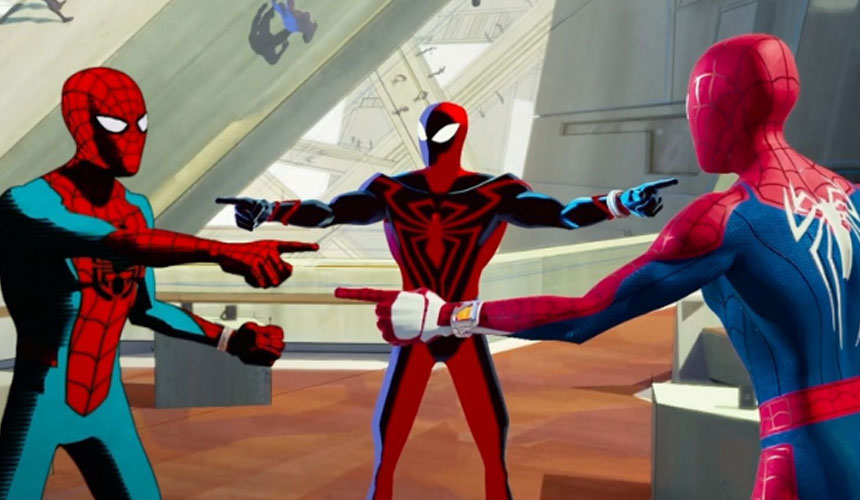
One of the most fascinating concepts in the Marvel universe is its multiverse. We are not dealing with a simple timeline with fixed continuity, but rather a web of alternate realities where anything can happen. This narrative resource has made it possible to rewrite stories, explore dystopian futures or alternate pasts, and create different versions of the same characters.
In Marvel, there are realities like Earth-616 (the main universe), the Ultimate Universe (where characters have a more modern and darker tone), or dimensions like that of Doctor Strange. The multiverse has become an essential narrative tool that allows Spider-Man, for example, to encounter alternate versions like Miles Morales or Gwen Stacy as Spider-Woman.
This concept, brought to the screen by the Marvel Cinematic Universe (MCU), has revolutionized the way stories are told and created unforgettable moments, such as the meeting of the three Spider-Men in No Way Home.
The most important characters of the Marvel universe
It would be impossible to mention all Marvel characters without turning this list into infinity, but we can highlight some of the most representative figures who have left their mark in comics, cinema, television, and merchandising.
Spider-Man: The ultimate symbol of the publisher. His story of responsibility and sacrifice still resonates since his debut in 1962.
Iron Man: Thanks to his key role in the MCU, Tony Stark has become one of the pillars of the Marvel brand.
Captain America: The patriotic hero with unwavering values. Steve Rogers has been key in historical comic book events.
Gwen Stacy, whose alternate version as Spider-Gwen has gained major prominence in the Marvel multiverse, standing out for her vibrant design and independent energy.
Silicon Doll Of Gwen Stacy
Gwen Stacy: Ghost-Spider in the Spider-Man Universe
![]()
With her intelligence, bravery, and emotional depth, Gwen Stacy remains one of the most important and beloved characters in the Spider-Man universe. Whether as Peter Parker’s lost love or a hero in her own right, she continues to inspire fans across generations.
PURCHASE with full GUARANTEES
Doctor Strange: Master of the mystical arts, his inclusion expanded horizons toward magic and parallel dimensions.
Wolverine and the X-Men: Icons of the fight against discrimination and prejudice, they embody constant social critique.
Deadpool: Irreverence made into a character, with his ability to break the fourth wall and poke fun at the Marvel universe itself.
And we can’t forget the powerful women of Marvel, like Black Widow, Scarlet Witch, Jean Grey, Storm, and Captain Marvel, who have gained significant prominence in recent years in both storytelling and representation.
The X-Men: the mutant soul of the Marvel universe
Few teams encapsulate the spirit of Marvel like the X-Men. Debuting in 1963, their stories quickly moved beyond action and fantasy into the realm of allegory and social critique. The X-Men are mutants—born different, feared by society, hunted by governments. Their struggles mirror those faced by real-world marginalized communities, making them a powerful metaphor.
Through the lens of science fiction, Marvel addressed civil rights, LGBTQ+ representation, and identity politics. The team’s diversity—ethnic, ideological, generational—gave readers a mirror to see themselves in characters like Nightcrawler, Storm, or Magneto.
Classic storylines like The Dark Phoenix Saga, God Loves, Man Kills, and House of X not only transformed Marvel canon, but also literature itself. These are tales of sacrifice, rebirth, and what it means to be human—told with claws, costumes, and cosmic stakes.
Silicone Doll Of Wolverine
Wolverine: lonely wolf of Marvel comics
![]()
With his unbreakable will, deadly abilities, and tragic past, Wolverine is more than just a mutant, he is a legend. Whether fighting alongside the X-Men, going on solo missions, or battling Marvel’s strongest villains, he never backs down, proving that he is truly the best at what he does.
PURCHASE with full GUARANTEES
A legacy of battles, love, and sacrifice
X-Men stories are intensely emotional. They don’t just fight villains like Apocalypse, Mr. Sinister, or the Sentinels, but also their own traumas, mistakes, and dark pasts. Impossible loves, internal betrayals, and devastating decisions have marked their pages.
Events like The Dark Phoenix Saga, Days of Future Past, or House of X / Powers of X have redefined not only mutant storytelling but the very structure of the Marvel universe.
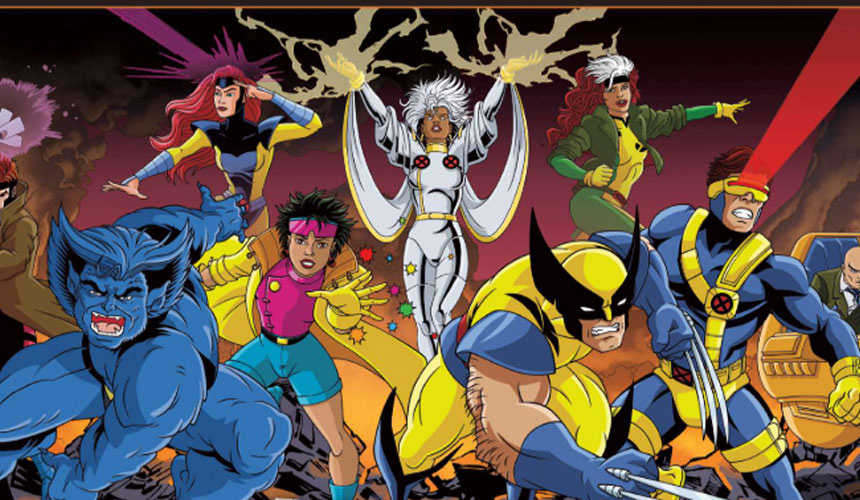
Marvel and Education: From Classrooms to Academic Discourse
The integration of Marvel into educational spaces reflects a powerful cultural shift. Once dismissed as “just comics,” Marvel narratives are now dissected in university-level courses on literature, philosophy, psychology, gender studies, and political science. The reason is simple: Marvel tells human stories through superhuman lenses, which makes it a perfect medium for exploring moral complexity.
For example, Civil War is now used to discuss the balance between freedom and security, while X-Men comics are key materials in conversations about systemic oppression and minority rights. WandaVision, with its deep dive into grief and denial, has become a favorite for mental health professionals exploring trauma and identity dissociation in media.
Even STEM fields use Marvel as a teaching tool. Physics instructors break down the mechanics of Thor’s hammer, while biology classes discuss the X-gene and genetic mutations. These examples show how Marvel serves as a bridge between fiction and real-world learning—making abstract concepts relatable, digestible, and deeply engaging.
The result is a franchise that is not just responsive to technology, but proactive in redefining how technology can tell a story. For Marvel, innovation is as important as imagination.
Marvel in Animation: Legacy Beyond Live Action
Although the Marvel Cinematic Universe dominates headlines, animation is where Marvel built much of its intergenerational legacy. In the 1990s, series like X-Men: The Animated Series, Spider-Man: TAS, and The Incredible Hulk introduced millions of children to complex storylines, serialized narratives, and moral dilemmas.
These shows weren’t just entertainment—they were an emotional education. X-Men, for instance, tackled hate crimes, discrimination, and betrayal, while Spider-Man confronted death, loss, and responsibility—all within Saturday morning cartoon slots.
More recently, the animated series What If…? pushed the boundaries of storytelling by asking essential questions about fate and choice in the Marvel multiverse. Visually stunning and thematically bold, it reminded audiences that animation isn’t a “lesser” form of storytelling—it’s a form with limitless creative potential.
And then came Into the Spider-Verse, arguably the most revolutionary animated superhero film to date. With its groundbreaking animation style, genre-bending score, and emotional depth, it redefined what Marvel animation could be. It proved that even in a world full of live-action titans, animated Marvel stories still have the power to steal the show.
Marvel and Representation: Diversity as Power
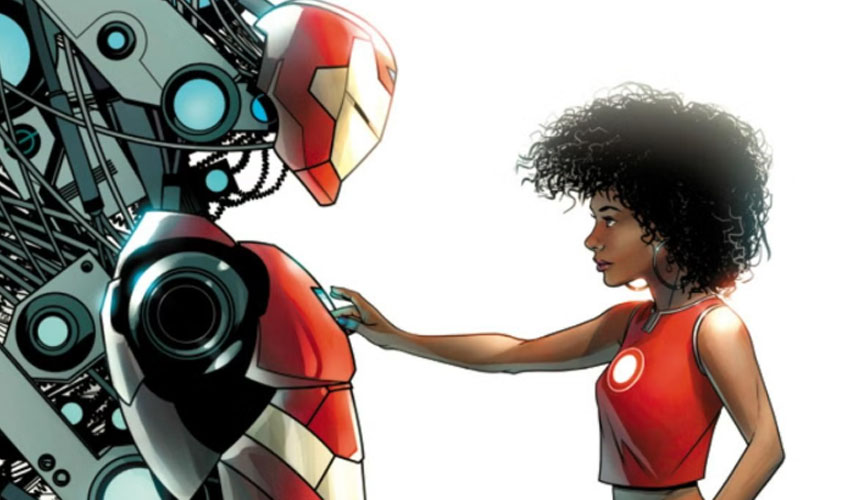
Diversity and inclusion have become essential pillars of Marvel’s modern identity. No longer content with representing only a narrow range of experiences, Marvel has taken deliberate steps to reflect the multicultural reality of its audience. And this commitment has reshaped the landscape of superhero narratives.
Marvel characters like T’Challa (Black Panther), Kamala Khan (Ms. Marvel), Shang-Chi, Miles Morales, and America Chavez not only come from diverse racial and cultural backgrounds, but also carry narratives rooted in their heritage. Their stories explore generational trauma, diaspora identity, language, family, and tradition—bringing authenticity and richness to the Marvel universe.
Moreover, LGBTQ+ representation has become more visible and intentional. Characters like Loki (confirmed as genderfluid and bisexual), Wiccan and Hulkling (an openly gay couple), and Iceman (who came out in a landmark storyline) show that Marvel is actively broadening its definition of heroism.
Through this evolution, Marvel affirms that everyone deserves to see themselves as powerful, valuable, and worth telling stories about. Diversity isn’t a trend—it’s an expansion of the superhero mythos into a truly universal language.
The Evolution of Marvel Villains: More Than Just Evil
Gone are the days when Marvel villains existed solely to be defeated. Today’s antagonists are complex, often sympathetic, and sometimes morally justified. This evolution has added depth and unpredictability to the narrative tapestry of the Marvel universe.
Consider Magneto—a Holocaust survivor whose militant stance on mutant rights stems from deep trauma and a belief in survival by any means. Or Killmonger, whose vision for Wakanda is born from legitimate anger at colonialism and historical oppression. Even Thanos, with his twisted logic of balance through destruction, forces us to confront philosophical questions about sacrifice and sustainability.
This trend humanizes conflict and asks readers and viewers to think critically. It blurs the lines between hero and villain, showing that in the Marvel universe, good intentions can lead to catastrophic choices—and bad guys might just be broken heroes in disguise.
Marvel and Music: Soundtracks That Shape the Story
Music has always been integral to Marvel’s impact. The opening trumpet blast of The Avengers theme triggers instant goosebumps for fans. Each franchise within the Marvel Cinematic Universe has developed a distinct musical identity, crafted by renowned composers like Alan Silvestri, Michael Giacchino, Danny Elfman, and Ludwig Göransson.
But Marvel music isn’t confined to film scores. In Guardians of the Galaxy, mixtapes become narrative devices. Songs like “Come and Get Your Love” or “Mr. Blue Sky” are woven into the emotional fabric of the story—transforming scenes from action-packed to soul-stirring.
Even in animated series and games, Marvel uses music to reflect tone, culture, and emotional depth. And as fans, we carry those sounds with us—they become part of the story we tell ourselves when we think of what it means to be a hero.
The cultural impact of Marvel and its legacy
Marvel‘s influence on contemporary culture is undeniable. It has inspired blockbuster films, academic debates, social movements, and new generations of artists. It has also served as a mirror to explore themes such as identity, power, fear, justice, and redemption.
Thanks to the rise of superhero cinema, characters once relegated to niche readers have achieved global fame. But beyond the spectacle, Marvel remains, above all, a space to tell human stories with an extraordinary twist.
Its ability to reinvent itself, include new voices, and expand into audiovisual media, video games, animated series, and even realistic figures keeps alive a phenomenon that shows no sign of ending.
The Marvel fandom: passion, art, and collecting
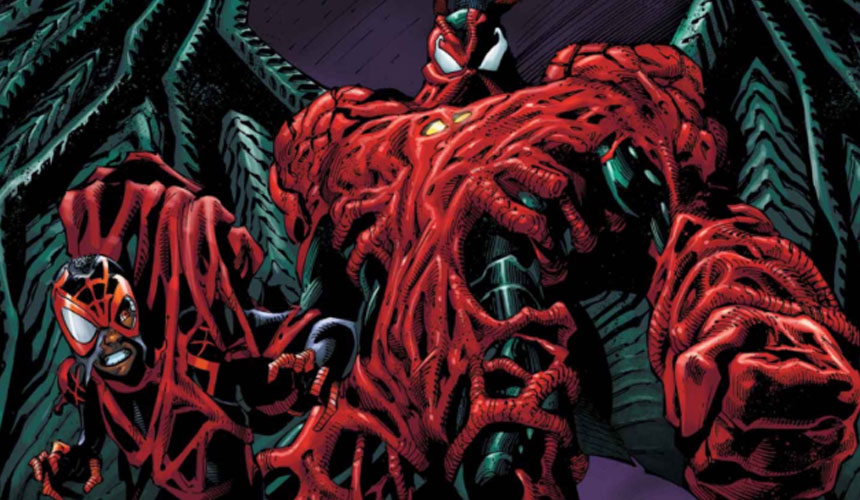
The Marvel fan phenomenon is one of the most powerful in the entertainment world. From massive conventions like San Diego Comic-Con to online communities that debate every comic panel or post-credit scene, the Marvel fandom never sleeps.
Cosplays inspired by characters like Loki, Wanda Maximoff, or Moon Knight flood events and social media. Conspiracy theories about future story arcs are created, older comics are analyzed in search of clues, and fan art is shared that rivals official material.
The Marvel universe has also transcended paper and screen to invade shelves, display cases, and entire rooms of collectors. Figures, statues, posters, Funkos, and of course, the stunning life-size figures of your favorite heroes.
Conclusion: experiencing the Marvel universe like never before
Immersing yourself in Marvel is like entering a vibrant cosmos where every hero, villain, or antihero has a story to tell. It’s a universe that grows with you, that accompanies you from the panels to the big screen, from collecting to imagination.
And now more than ever, thanks to life-size figures, it’s possible to feel your favorite characters closer than ever. These are pieces that not only decorate, but also inspire, move, and celebrate that unconditional love for one of the greatest narrative universes of all time: Marvel.
Life-size realistic figures from the Marvel universe
For true fans, reading or watching is not enough. They want to live Marvel. And that’s where the life-size realistic figures of the saga come into play. These stunning representations are designed to capture even the smallest detail of the characters—from the texture of Black Panther‘s suit to the solemn expression of Vision.
Marvel life-size figures allow any space to become a small superhero sanctuary. Whether you want Iron Man in his Mark LXXXV armor ready for liftoff, Thor wielding both Mjölnir and Stormbreaker, or Scarlet Witch suspended mid-spell, these works of art achieve a realism that stirs the soul.
Made with materials like silicone, resin, or high-quality PVC, many of these figures feature hand-painted details, airbrush finishes, and themed bases. Some even incorporate LED lighting effects or interchangeable accessories.
And for the most demanding collectors, there are limited, numbered models based on classic comics, cinematic editions, or even exclusive artistic reinterpretations. Marvel life-size figures are not just toys: they are a declaration of love for this universe.

